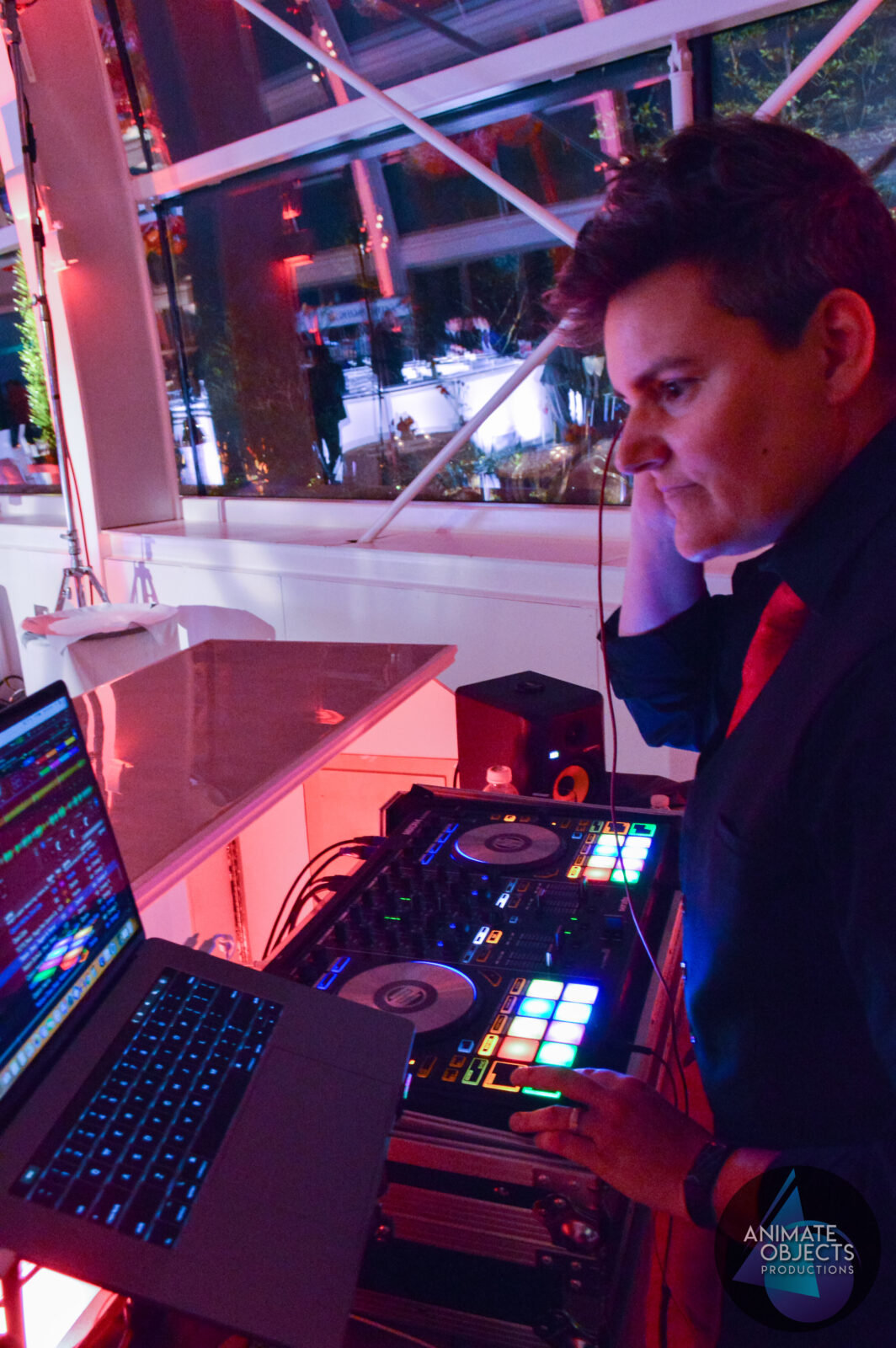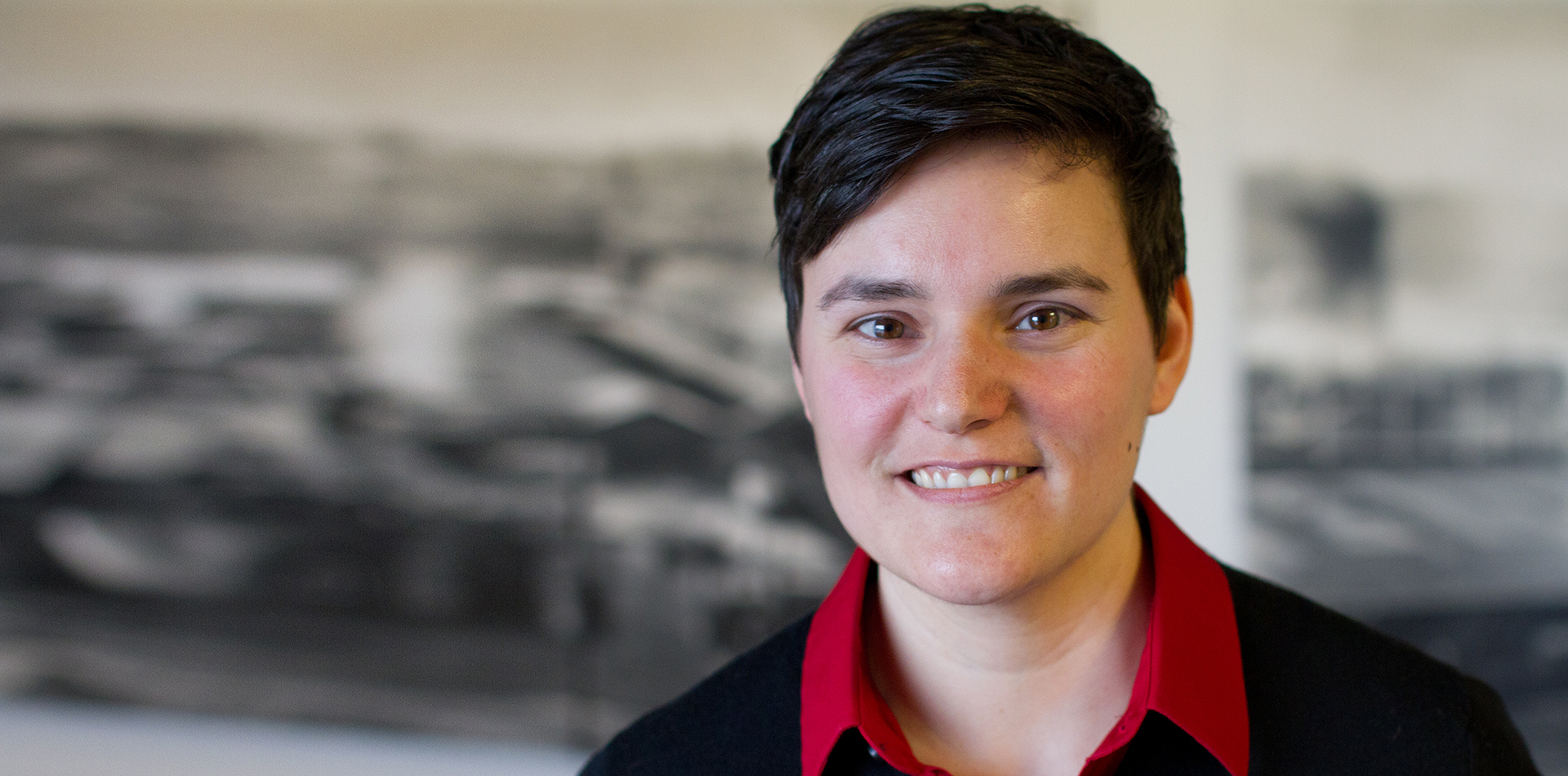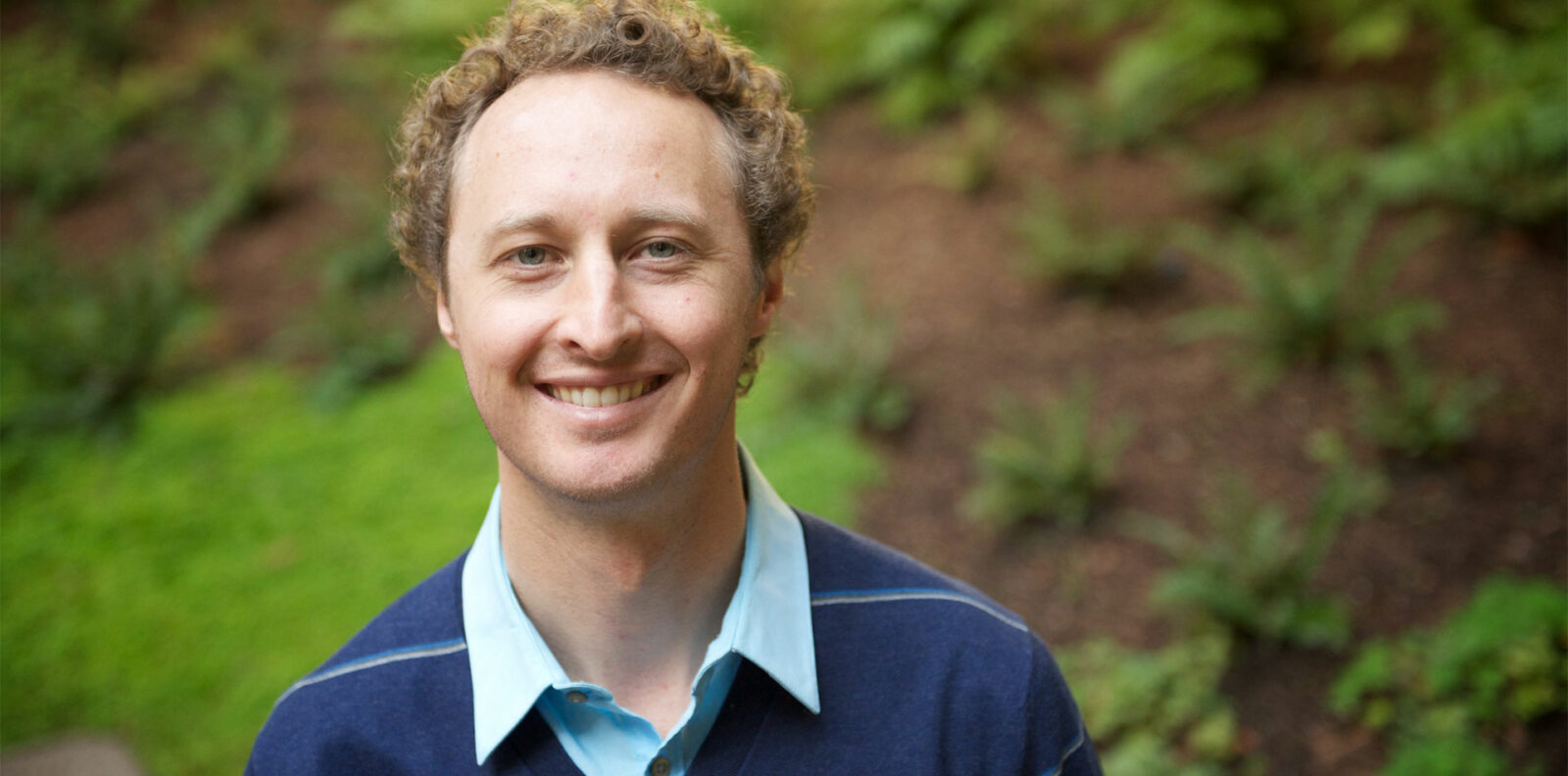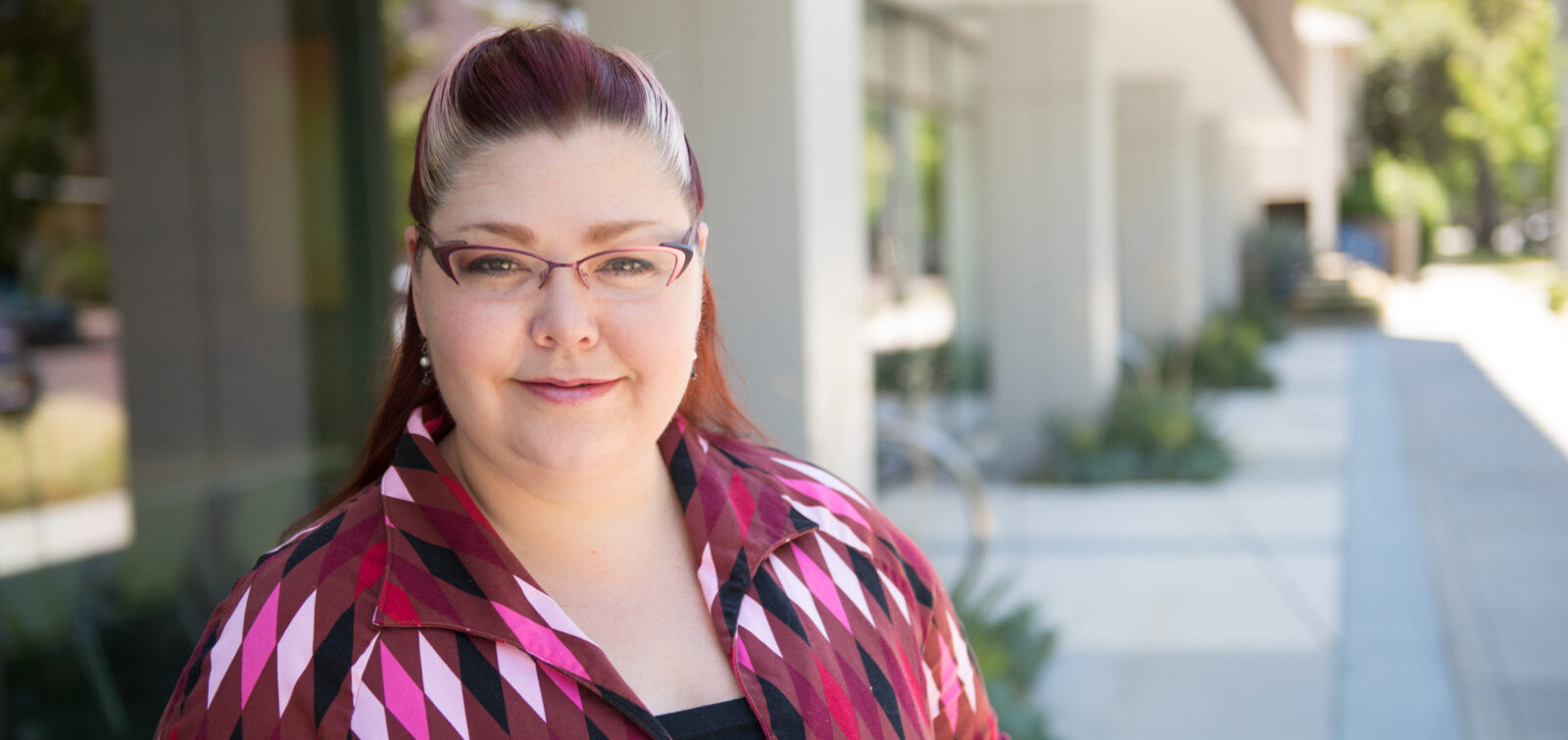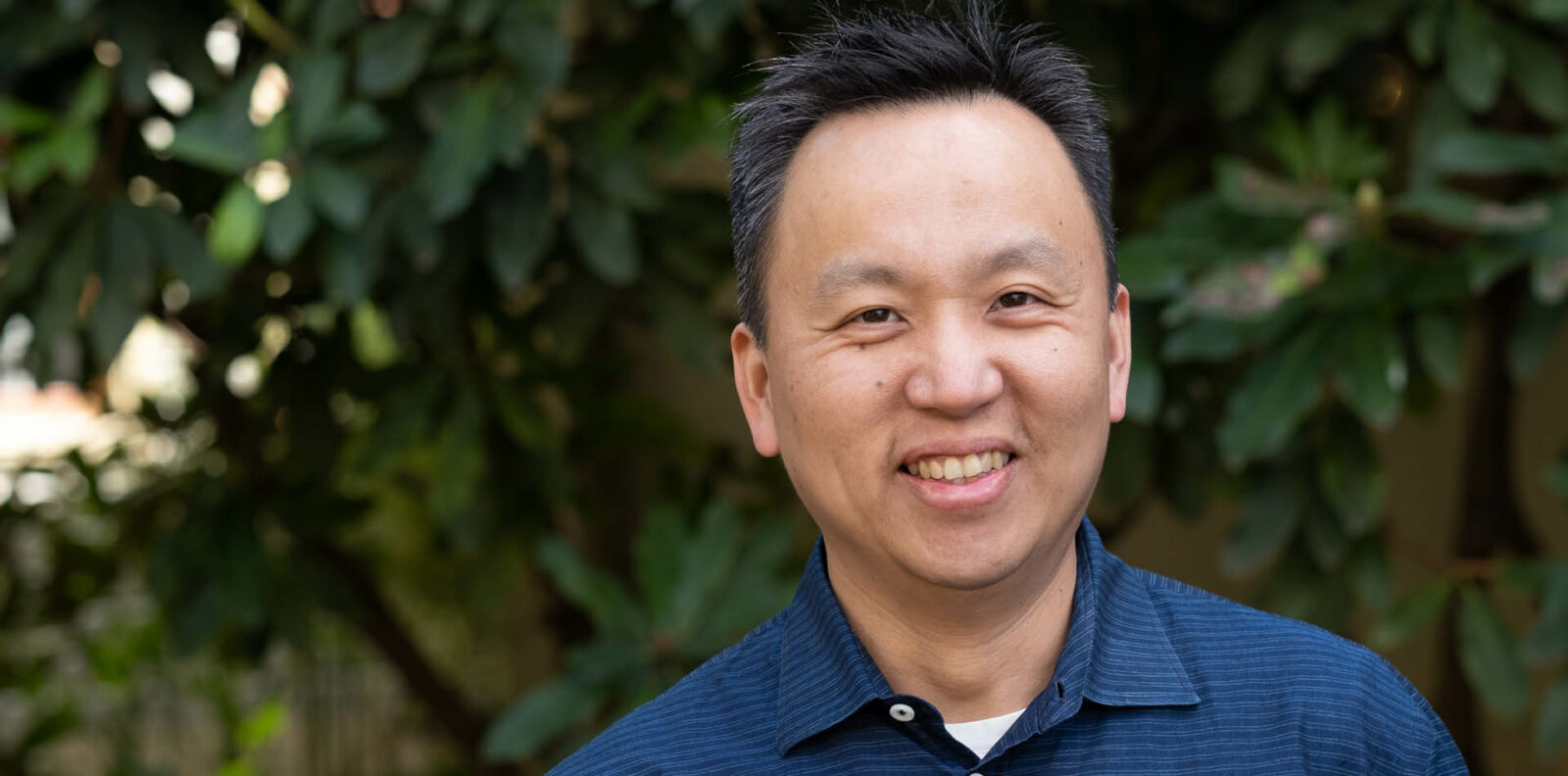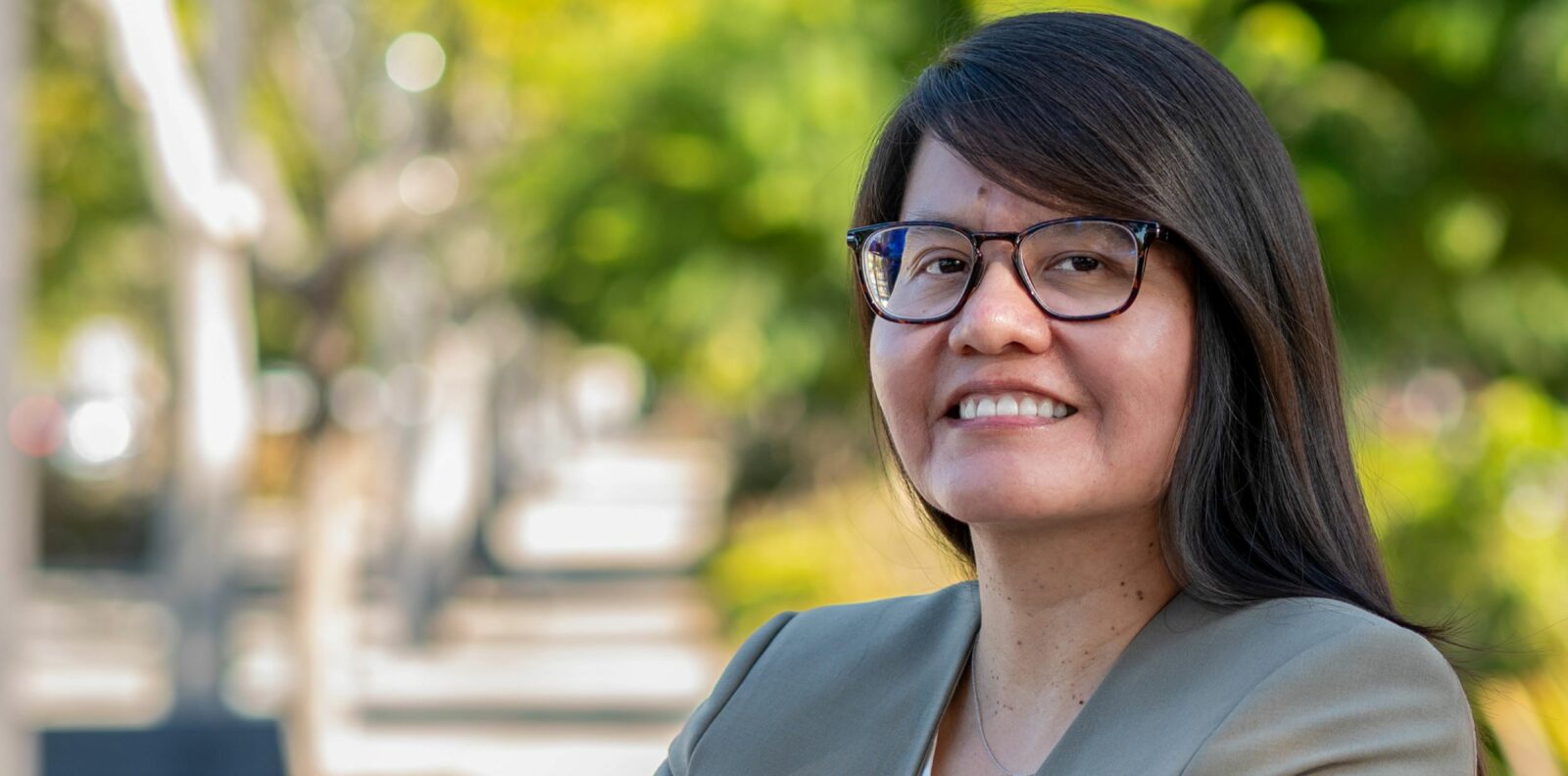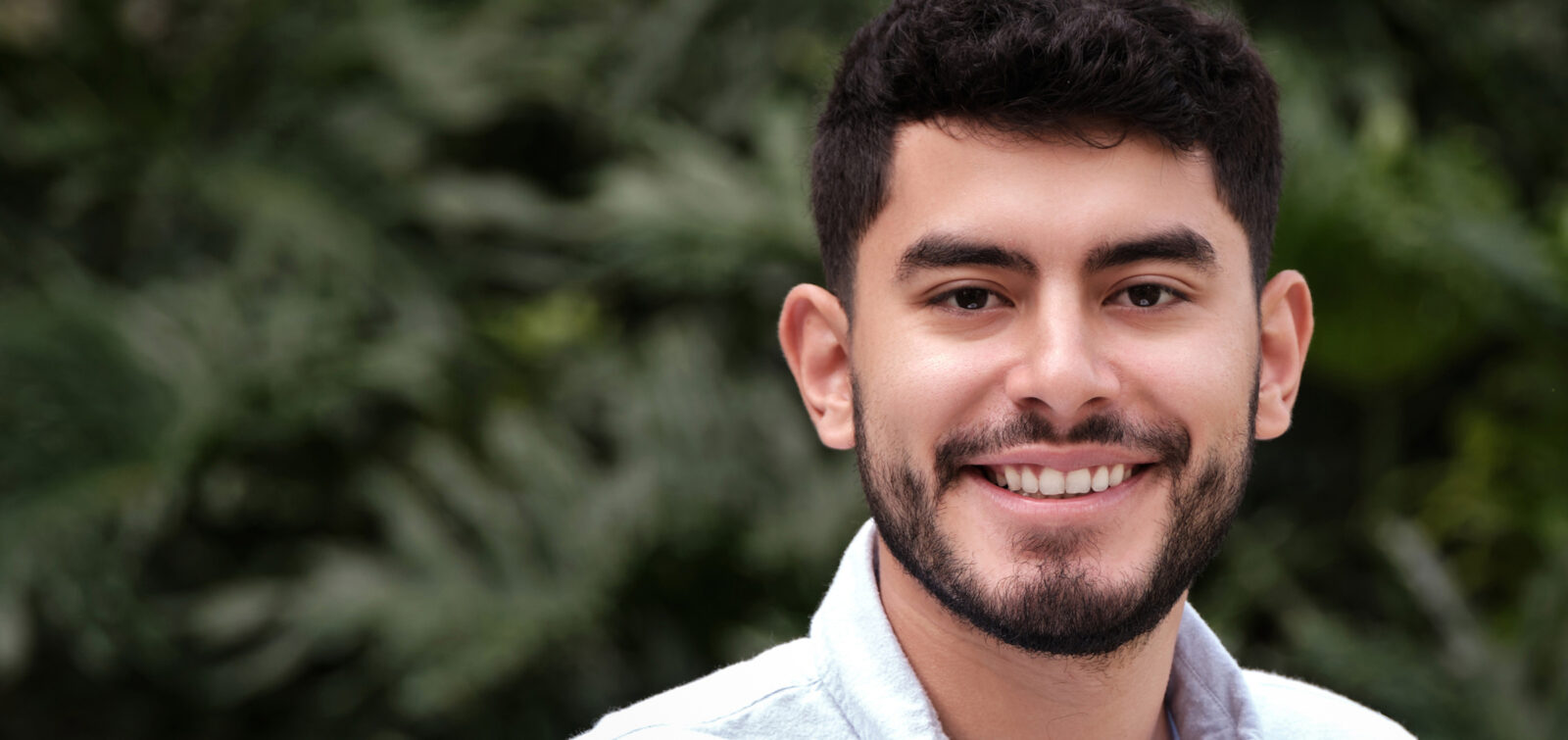Brock is a soil and wetland scientist, specializing in projects involving permitting and environmental analysis, restoration planning and design, and mitigation planning and design. She manages a variety of complex projects and is adept at coordinating and collaborating with project teams and communities through all phases of a project’s life cycle.
What is your favorite ESA moment/memory so far?
Our annual Seattle kickball extravaganzas! Any event where we can come together for fun and connecting is always memorable for me.
What does it mean to you to be part of an employee-owned company?
I like that we are all business owners. It makes me mindful of the decisions that we all make and how much impact we can have as employee-owners.
What keeps you coming to work here at ESA every day?
The people. I appreciate and enjoy working with the kindest and best in the profession.
What is your hidden or special talent(s)?
I took a hiatus from ESA for a few years, and during that time I explored my creative side and picked up some new skills while running an entertainment business with my wife. I was a mobile DJ for corporate and private events until the COVID-19 pandemic shut live events down. Also, turns out I’m really good at picking out fabric for costumes. No one who knows me at ESA would ever guess that, haha!
What’s your favorite thing to do when you are out of the office?
I’m still trying to keep my music hobbies going. Currently I’m taking guitar and djembe lessons. There’s a universality and ancientness to music that I’ve come to appreciate on a deeper level the last few years. It’s wild that some of the drumming rhythms I am learning to play are thousands of years old and for most of that time weren’t written down or recorded–they were handed down from teacher to student, and now on to me. I also still DJ from time to time, and enjoy reading and watching scary movies.
If you had one free hour each day, how would you use it?
Probably reading or working in my jungle of a yard that hopefully will be a garden at some point in the future. I have goals of growing bananas and some fruit trees.
What are three skills that you bring to the ESA team? In other words, what should colleagues know to reach out to you about?
- Care for others. I do my best to look out for my fellow co-owners, especially mentoring junior staff. There’s a lot to learn about consulting and being a young professional, and I’m happy to share.
- Data organization. I really geek out on managing and keeping good data.
- Northwest hydric soils (and hopefully soon in FL). In addition to being a wetland biologist, I am also a soil scientist.
In a nutshell, what kind of work does your team do?
We do mostly wetland, stream, fisheries/wildlife, and water quality work. Most of us do a lot of cross-practice work with other groups within ESA, which I have always found rewarding and enriching.
What’s been your favorite project to work on here at ESA and what impact did it have on the community and/or environment?
One of my favorites was a wetland mitigation project in Auburn, WA. I got to oversee construction, monitoring, and maintenance for a 20+ acre wetland mitigation site. We tried a new approach (at the time) with planting for the site, which mainly included installing three species of native willow live stakes. They have grown like crazy and were successful in shading out invasive vegetation at the site. That site and those shrubs will always be one of my babies.
Have you had the opportunity to work on any career-defining projects?
Any project has the potential to be career-defining–it really depends on what part of your career muscle you want to exercise and what you put into it. But one of the career-defining ones for me was the Port of Seattle Third Runway Project at SeaTac Airport. I got to work with great folks at ESA to come up with a very precise methodology for redelineating wetlands as part of the Clean Water Act Section 404 Compliance for the project. I spent a lot of time on-site evaluating and redelineating wetlands, dotted a lot of i’s and crossed a lot of t’s to make sure we got accurate survey info, and had a thorough report that the Port was able to take to the Corps and Ecology to show that they were in compliance with their permit conditions.
